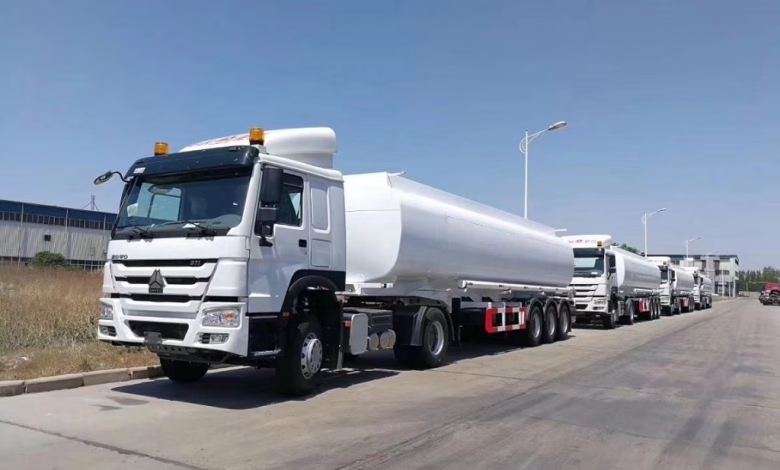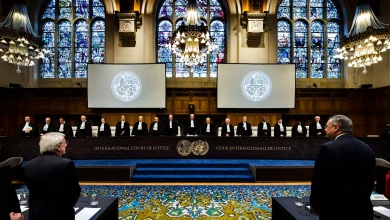Nigeria to Ban 60,000-Litre and 45,000-Litre Petroleum Tankers

- Nigeria bans 60,000L tankers
- 45,000-litre tankers to be phased out by Q4 2025
- Move to curb tanker accidents
Nigeria is at risk of facing a tanker shortage as the Federal Government has announced plans to ban petroleum trucks with capacities exceeding 60,000 and 45,000 litres.
In an official statement issued on Wednesday, the Nigerian Midstream and Downstream Petroleum Regulatory Authority (NMDPRA) confirmed that the immediate prohibition would target tankers with capacities above 60,000 litres. Furthermore, tankers with a 45,000-litre capacity will be phased out by the fourth quarter of 2025.
This decision comes in response to the growing number of tanker-related accidents, which have resulted in significant loss of life and widespread property damage. Nigeria, which depends heavily on road transport for fuel distribution due to the lack of operational pipelines, has seen its road infrastructure suffer under the pressure of these heavy vehicles.
Ogbugo Ukoha, the NMDPRA Executive Director for Distribution Systems, explained the necessity of the move while addressing journalists in Abuja. “Every life lost is one too many. We cannot fold our hands and wait for pipelines or railways to become viable alternatives. This is the work we must do, and we will not back down,” Ukoha said.
Statistics show that over 2,500 tanker crashes between 2010 and 2025 have claimed more than 3,500 lives across the country. One of the most devastating incidents occurred in Jigawa in 2024, when an overturned fuel tanker exploded, killing dozens and leaving behind a mass grave.
In spite of a 2020 agreement to cap truckloads at 45,000 litres, tankers with capacities greater than 60,000 litres have continued to operate, exacerbating safety concerns on the roads.
The NMDPRA has reassured the public that the ban will be implemented in phases, beginning with the immediate prohibition of tankers exceeding 60,000 litres. The phase-out of 45,000-litre tankers will follow gradually, with full implementation expected by the end of 2025.






